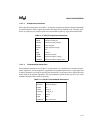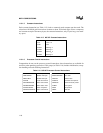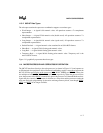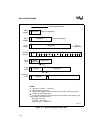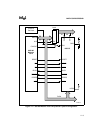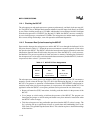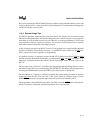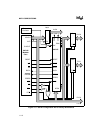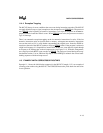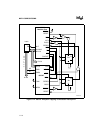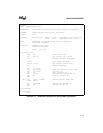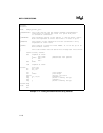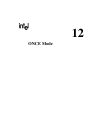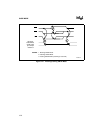
11-13
MATH COPROCESSING
11.4.4 Exception Trapping
The 80C187 detects six error conditions that can occur during instruction execution. The 80C187
can apply default fix-ups or signal exceptions to the microprocessor’s ERROR
pin. The processor
tests ERROR
at the beginning of numerics instructions, so it traps an exception on the next at-
tempted numerics instruction after it occurs. When ERROR
tests active, the processor executes a
Type 16 interrupt.
There is no automatic exception-trapping on the last numerics instruction of a series. If the last
numerics instruction writes an invalid result to memory, subsequent non-numerics instructions
can use that result as if it is valid, further compounding the original error. Insert the FNOP in-
struction at the end of the 80C187 routine to force an ERROR
check. If the program is written in
a high-level language, it is impossible to insert FNOP. In this case, route the error signal through
an inverter to an interrupt pin on the microprocessor (see Figure 11-4). With this arrangement,
use a flip-flop to latch BUSY upon assertion of ERROR
. The latch gets cleared during the excep-
tion-handler routine. Use an additional flip-flop to latch PEREQ to maintain the correct hand-
shaking sequence with the microprocessor.
11.5 EXAMPLE MATH COPROCESSOR ROUTINES
Example 11-1 shows the initialization sequence for the 80C187. Example 11-2 is an example of
a floating point routine using the 80C187. The FSINCOS instruction yields both sine and cosine
in one operation.



